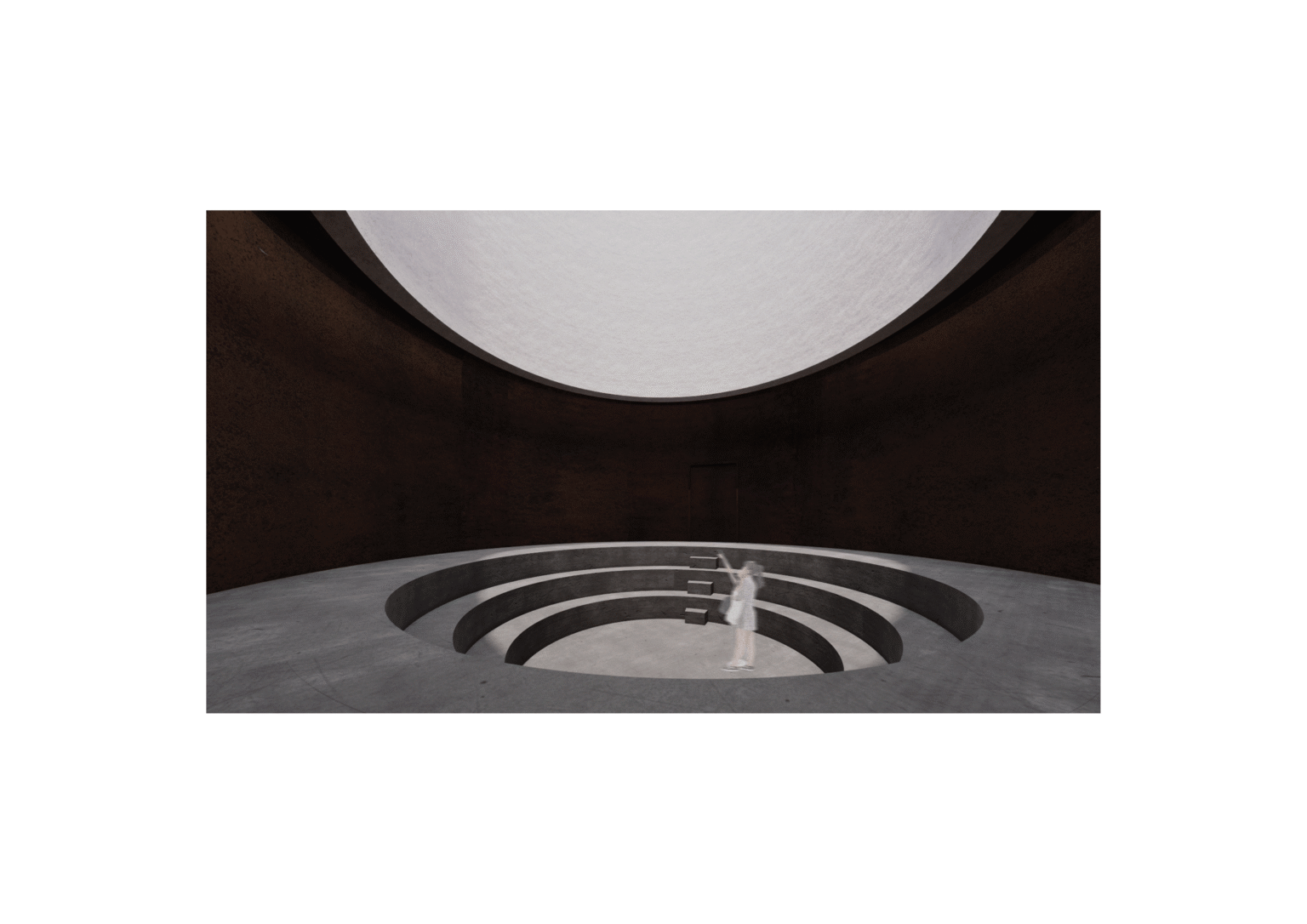MSA Stage 4 School of Architecture
Reece Martin

Originally from the Highlands, I have a deep interest in architecture as a cultural phenomenon and it’s capabilities of enhancing the lives of it’s occupants through emotional responses and resonance to context. With a research as design, design as research methodology approach, I have been exploring this topic and the role of nostalgia within my research project and studio work to better understand how to find the balance between the inherent tension of autonomy and engagement.
Works

AM BROCH GHLASHU
Between Autonomy and Engagement, The Glasgow Broch
In The Future of Nostalgia (2001) Svetlana Boym distinguishes between ‘restorative nostalgia’, which seeks to rebuild lost homes and patch memory gaps by “transhistorical reconstruction of the lost home”, and ‘reflective nostalgia’, which dwells in longing and imperfect memories while critically engaging with history, “Where reflective nostalgia does not follow a single plot but explores ways of inhabiting many places at once and imagining different time zones. It loves details, not symbols.”
What is the role of nostalgia in a world increasingly characterised by rapid change and homogenisation? Preserving our built heritage serves as a powerful reminder of the enduring importance of place, memory, and the human experience in shaping our built environment. By recognising the inherent tension between autonomy and engagement and rather than viewing it as a constraint on creativity, but a catalyst for it.
Am Broch Ghlashu is a civic space that engages with the public realm, inviting people in with hope of new voices entering the conversations held within on how the Glasgow Building Preservation Trust can help shape a better future for Glasgow’s urban environment.
Carving out the existing fabric by creating a central core that dictates circulation and the experience of the building. Taking inspiration from the atmospheric and programmatic qualities of a traditional Scottish vernacular Broch, the former central building for the community it provided shelter for. Now finding itself situated in a foreign urban setting using contemporary methods but maintaining the domestic sense to it both in materiality and spatially, can this typology adapt to modern uses?












